Automotive Heat Shield Market Summary
As per MRFR analysis, the Automotive Heat Shield Market Size was estimated at 5.845 USD Billion in 2024. The Automotive Heat Shield industry is projected to grow from 6.08 USD Billion in 2025 to 9.008 USD Billion by 2035, exhibiting a compound annual growth rate (CAGR) of 4.01 during the forecast period 2025 - 2035.
Key Market Trends & Highlights
The Automotive Heat Shield Market is poised for substantial growth driven by innovation and evolving vehicle technologies.
- Material innovation is reshaping the automotive heat shield landscape, enhancing performance and durability.
- Customization trends are gaining traction, allowing manufacturers to tailor heat shields to specific vehicle models and requirements.
- The integration of heat shields with electric vehicles is becoming increasingly prevalent, particularly in the Asia-Pacific region.
- Rising demand for fuel efficiency and stringent regulatory standards are key drivers propelling the market, especially in the North American region, with metallic heat shields dominating and under hood segments experiencing rapid growth.
Market Size & Forecast
| 2024 Market Size | 5.845 (USD Billion) |
| 2035 Market Size | 9.008 (USD Billion) |
| CAGR (2025 - 2035) | 4.01% |
Major Players
Ficosa International (ES), Futaba Industrial (JP), Lydall (US), Morgan Advanced Materials (GB), Nippon Steel Corporation (JP), SABIC (SA), Sumitomo Riko Company (JP), Thermal Management Technologies (US), Zircotec (GB)
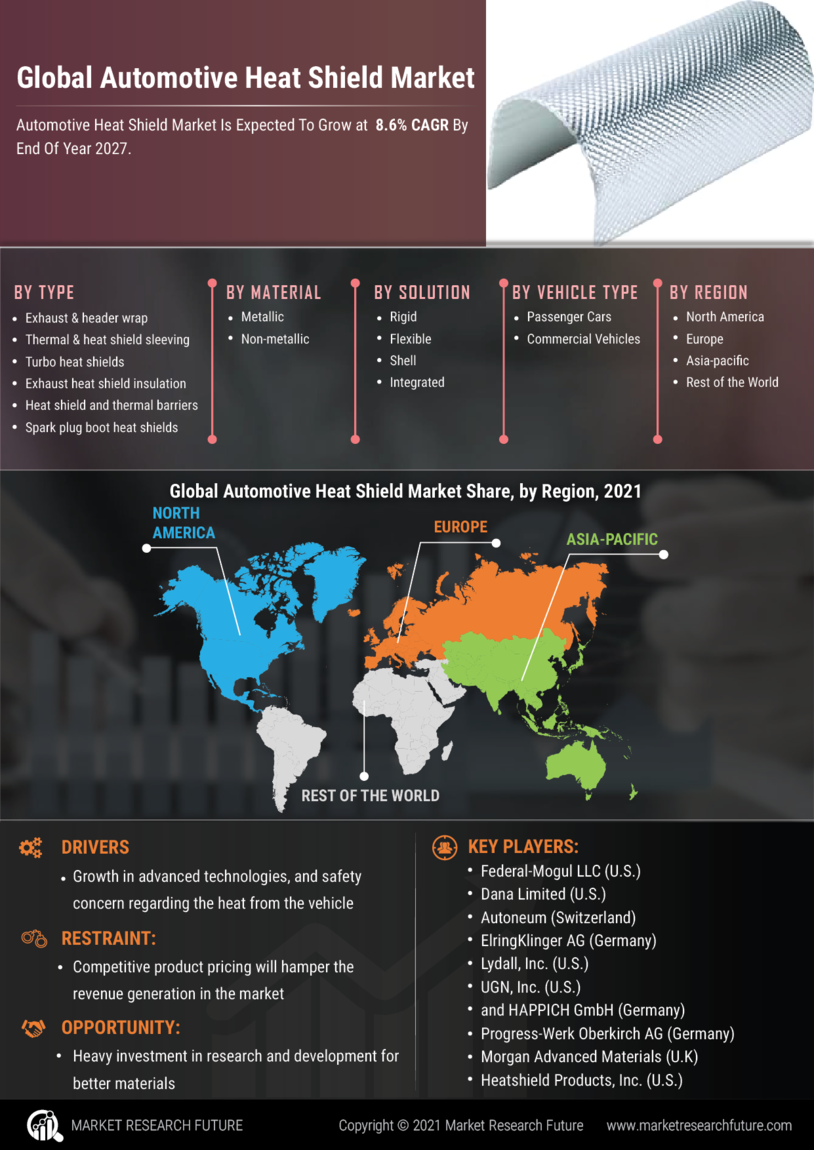

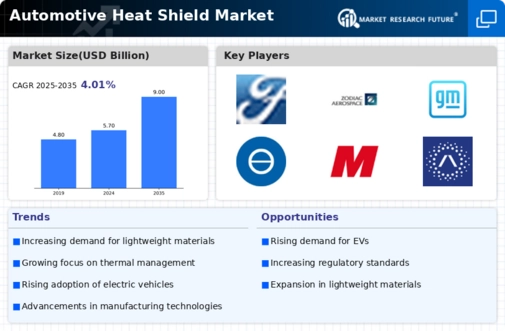
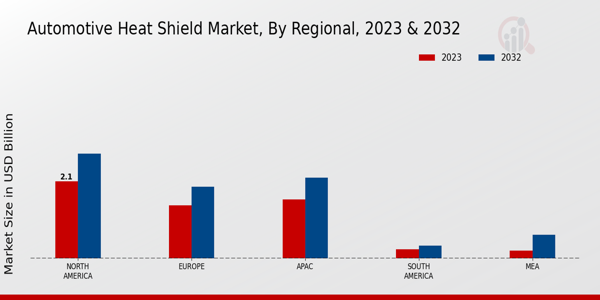
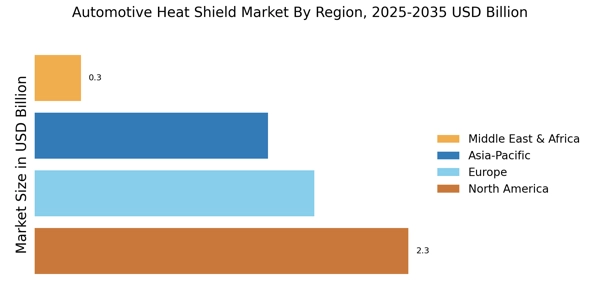
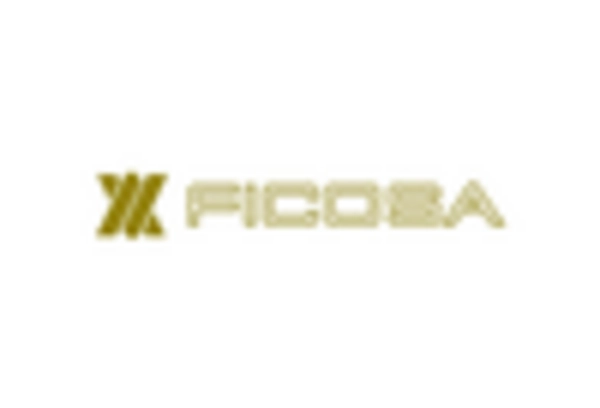
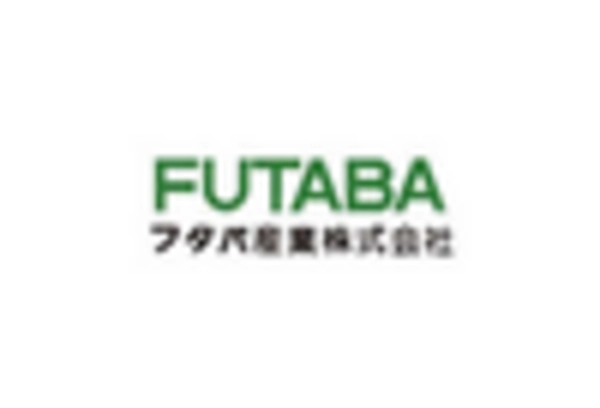

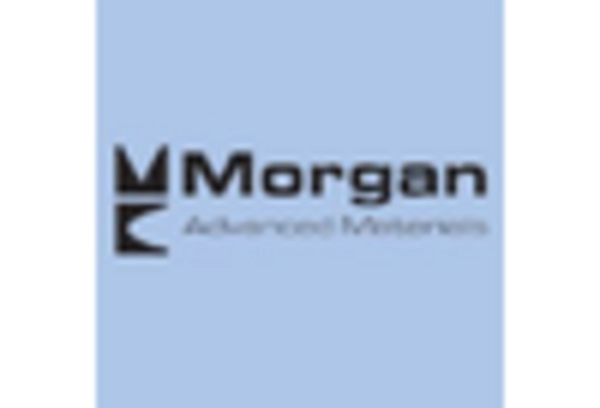
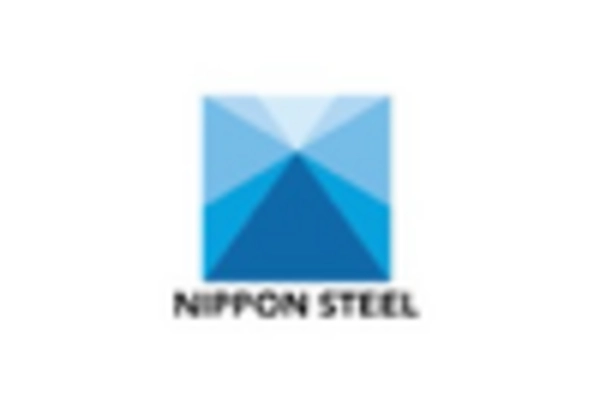









Leave a Comment